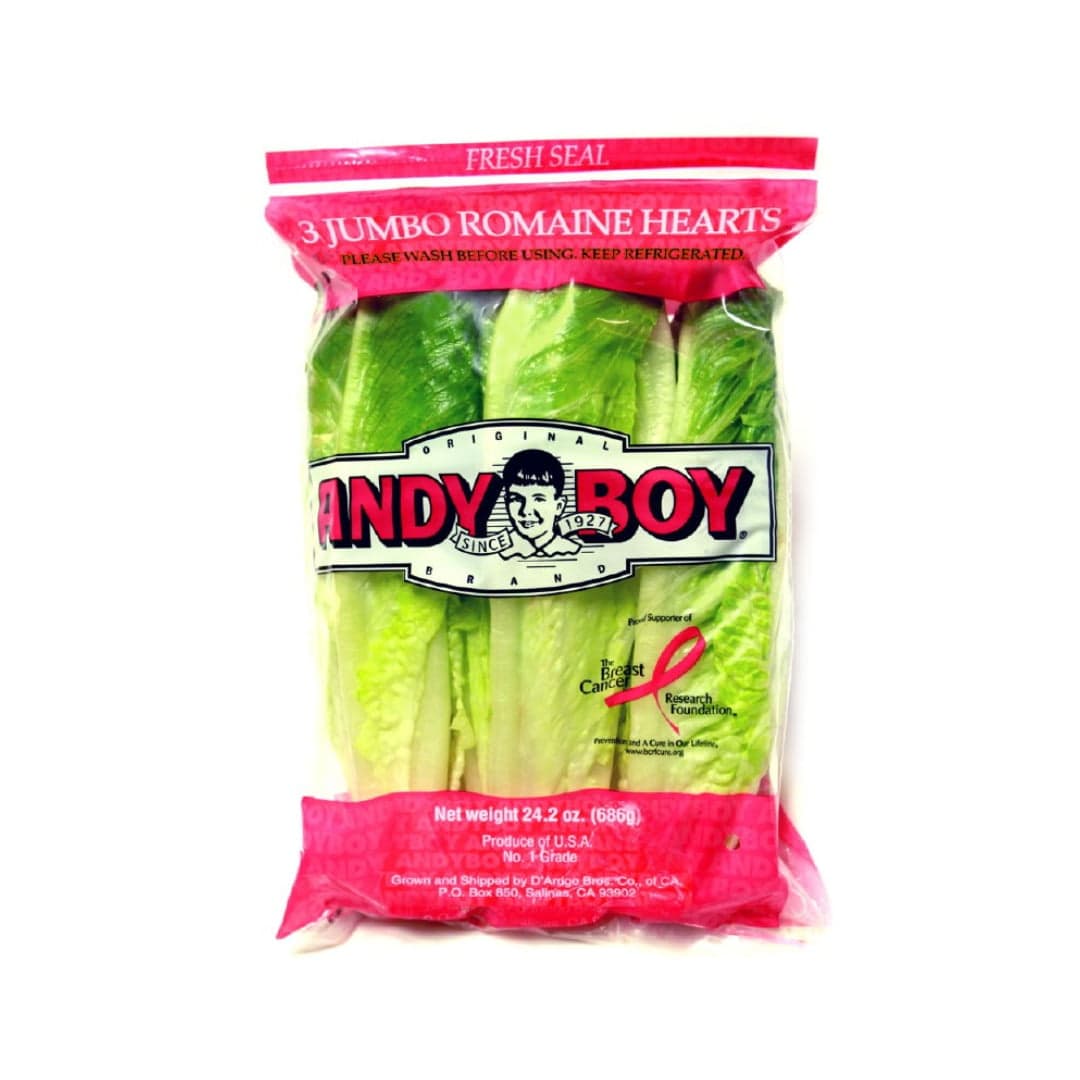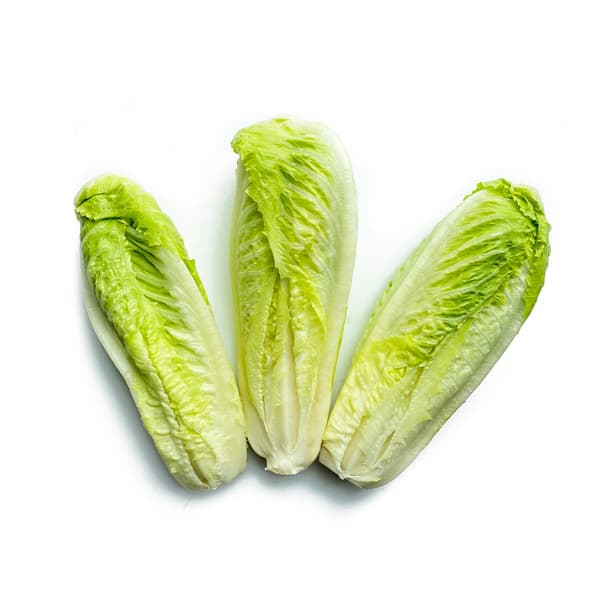
Swiss Chard
Product Details
Description
**Swiss Chard** (*Beta vulgaris, Cicla Group and Flavescens Group*), often simply called chard, is a leafy green vegetable that is closely related to beets and quinoa. It is prized for both its edible leaves and colorful, thick stalks. ### Key Characteristics * **Botanical Classification:** Chard is a type of beet that has been cultivated specifically for its leaves and stems rather than its root (which is why it does not produce an edible, fleshy taproot like the garden beet). It belongs to the Amaranthaceae family, which also includes spinach. * **Appearance:** * **Leaves:** Large, fleshy, and typically deep green with a slightly crinkled or puckered texture. * **Stalks (Petioles) & Veins:** These are thick, crisp, and prominent. They are the most distinguishing feature, as they can come in a vibrant array of colors, including white, yellow, orange, pink, purple, and bright red. A mixture of these varieties is often marketed as **"Rainbow Chard."** * **Flavor and Texture:** * **Leaves:** The flavor is earthy and slightly more assertive or bitter than spinach when raw, but it becomes mild and sweet when cooked. * **Stalks:** They are crunchy and have a taste reminiscent of beets or celery. They require slightly longer cooking time than the leaves. ### Culinary Use * **Versatility:** Unlike many other greens where the stalks are discarded, the stalks of Swiss chard are edible and are usually cooked separately before the leaves are added to the pan. * **Preparation:** Both leaves and stalks can be sautéed, braised, boiled, or steamed. Young, tender leaves can also be eaten raw in salads. * **Substitutions:** Swiss chard is an excellent substitute for spinach or kale in most recipes, offering a sturdy texture and vibrant color.
Product Information Notice
We strive to provide accurate information regarding ingredients, nutritional details, product images, and descriptions on our website. However, this information may occasionally change. For the most current and precise ingredient and nutrition information, please always refer to the actual product packaging.
You Might Also Like
Discover more products based on your current selection







